If you're planning to install an air diffuser on your home ceiling, you might be confused about linear and slot diffusers. Are they different from each other? We have researched their differences and uses, as well as other details, for you in this post.
A linear diffuser assists in bringing air to every place, and a slot diffuser works as an air distributor throughout the room. A linear diffuser is also called a linear slot diffuser or slot diffuser. Both are important in HVAC heating, cooling, and ventilation and are considered the same unit.
Both terms have their simple definitions. However, you should know more about linear and slot diffusers when you're weighing whether you should install them in your house. Keep reading below to learn more about its uses and benefits.
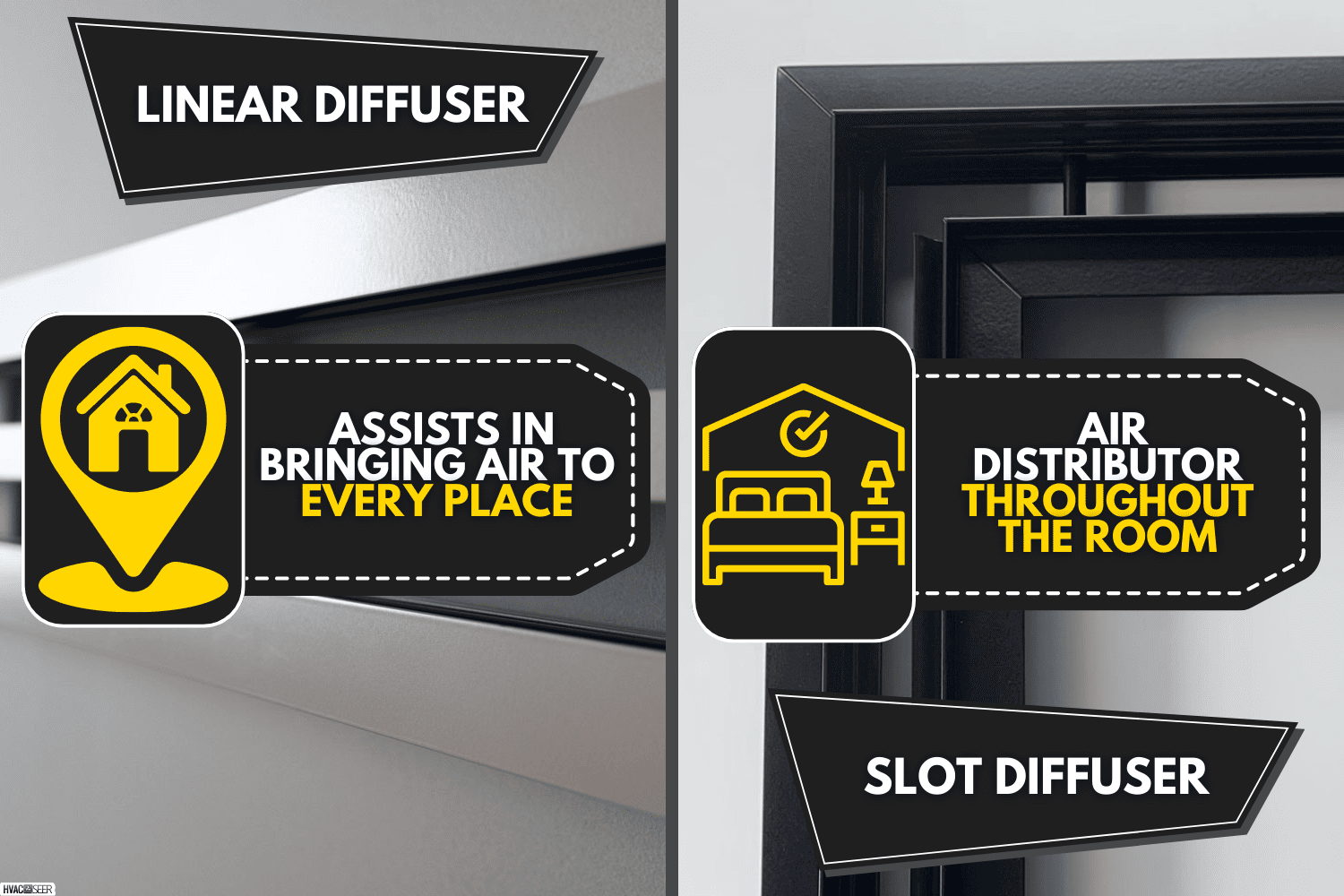
Difference Between Linear Diffuser And Slot Diffuser
In general, diffusers have a multi-facing design, not only a one-air direction. Install it usually on ceilings, air-con covering, or air vents.
Traditionally, they come in squares or circles, but modern designs emerge with linear shapes. You can also control the airflow according to the position and your chosen damper design.
Linear Diffuser [Also Known As Slot Diffuser]
Linear diffuser and slot diffuser are overlapping terms. Don't get confused. They are one unit and work as one.
The linear diffuser is the most established term, though it is also called a linear slot diffuser or slot diffuser in some areas. Nonetheless, it is a unit or accessory for heating, cooling, and ventilation system that delivers air to a space.
The term slot diffuser is not present as one term in some online dictionaries, unlike the linear diffuser, which is a more common term both generally and in HVAC terms.
Check out this standard linear slot diffuser on Amazon.
Uses And Benefits
Linear diffusers are becoming more popular in homes. Aside from offering sleek designs, they also have advantages compared to other diffusers. Here are some of its qualities and new benefits for homeowners:
- Uses the Coanda effect. It lets the air jets cohere to the ceiling and other surfaces.
- Distributes low-velocity airflow in the occupied part of the room.
- Amplifies the air mix discharge from the HVAC units and air in the space.
- Provides a ventilating and cooling system.
- Helps air flow evenly in specific areas.
- Performs with minimum noise.
- Has a minimalist and elegant design.
- Takes up minimum space and can be installed on ceilings or walls.
- Can be used as an "air curtain" by the doors, windows, and entrances.
- Can go unnoticed and is easily concealed.
How To Determine The Size Of Your Linear Diffuser
There are factors to see to know the right size of line diffuser to install.
Other than the HVAC systems, you need to consider the space itself. Note the area measurement for air conditioning and heating, length, and width. Consider how high the ceiling is. Lastly, you should see if your diffuser can blend into your room aesthetically.
What To Consider When Choosing Linear Diffuser
So you've decided to install a linear diffuser. Consider some factors in choosing which linear diffuser suits your room. Size, style, and airflow can all affect your decision. Find out more details below.
Room Size
A small area calls for a compact linear diffuser, while a large room requires a long diffuser.
The size determines how many linear diffusers to install to provide enough air conditioning and ventilation. You don't want to put only one compact linear diffuser in a family-sized living room.
Room Configuration
The complexity of a room leads you to the kind of linear diffuser you want to have.
Is it an ordinary square room or something modern with unconventional spaces? You should weigh this to manage your linear diffuser to have sufficient airflow in every corner.
Room Style
The linear diffuser is your top pick if you want it only for its use and to leave it unnoticeable.
Maintain your room's design and style without the diffuser ruining or affecting it. It should have a minimal and narrow design that smoothly blends into different room designs.
Airflow Requirements
Note the way you want your linear diffuser to direct air to be. Are you only air conditioning a specific part of the room? Then, choose a linear diffuser that can effectively perform the job. It is essential to facilitate airflow in a target place.
HVAC Type
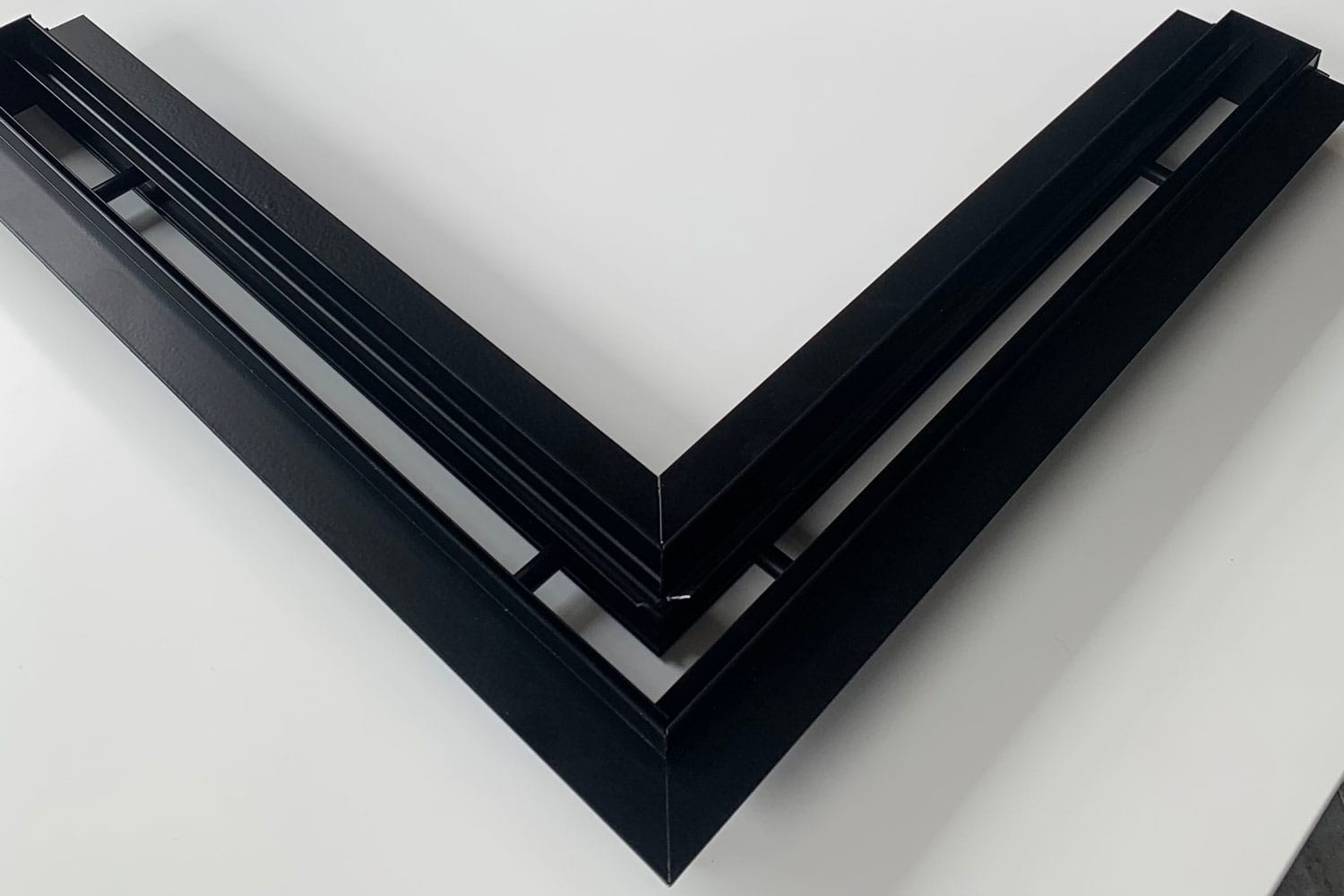
Knowing your HVAC is also necessary to match the linear diffuser that works well with it.
Some diffusers don't coordinate well with other ducted HVAC systems. Ask for professional help or ensure the linear diffuser you want is compatible with the ducted HVAC systems you have at home.
How Are Linear Diffusers Different From Traditional Diffusers?
Linear diffusers differ from traditional diffusers in various ways, such as shape, cost, and efficiency. Though it still has drawbacks, linear diffusers are the top choice of modern homeowners.
Shape And Design
The linear diffuser has a narrow and long design, but the traditional diffuser is square or round. It is also compact, depending on the size.
It is minimalist, and you can conceal it in any kind or style of the room. You can even install it in a ceiling or drywall. It blends well with modern houses since it has a simple and modern-like design.
Efficiency
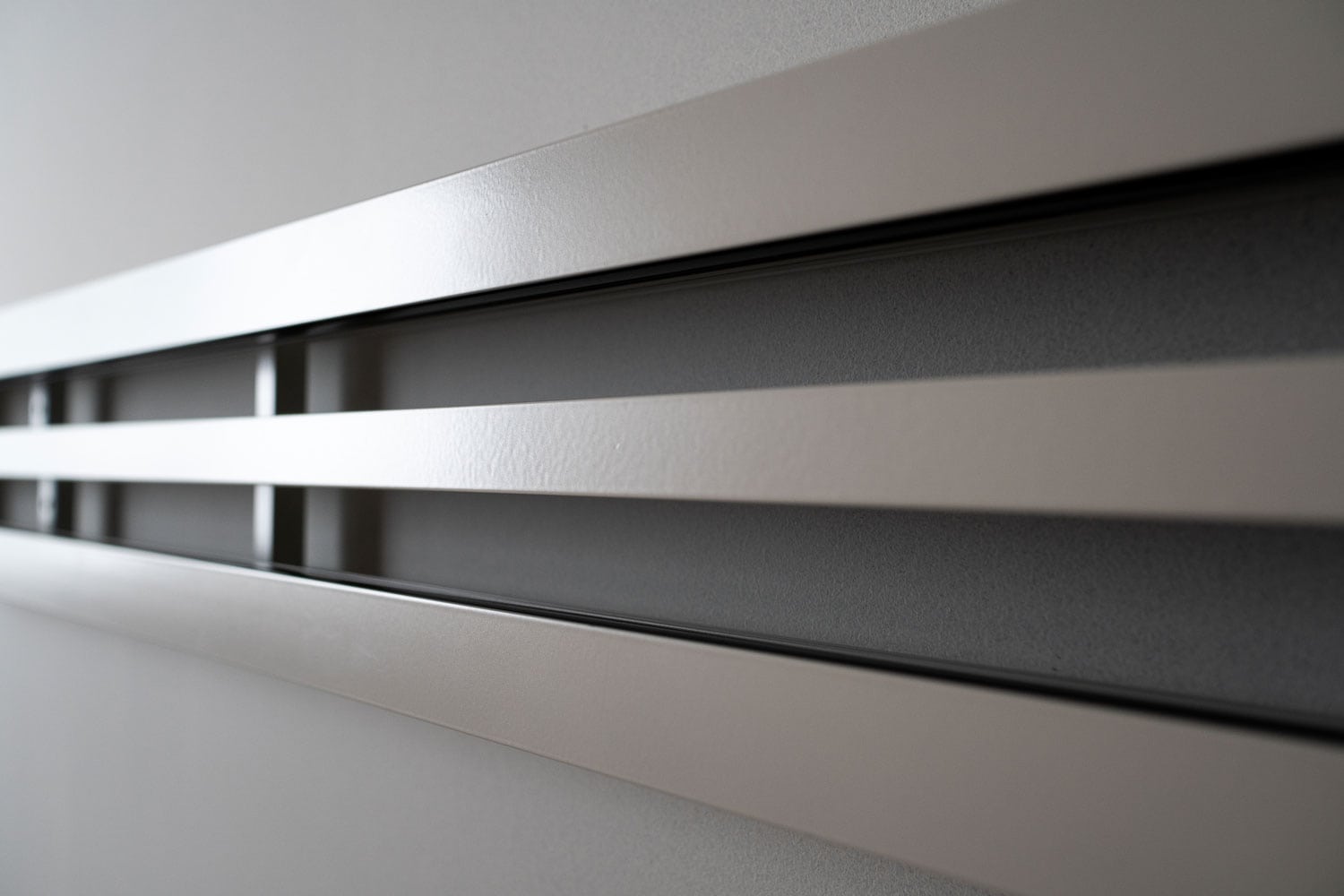
Linear diffusers are relatively quiet while efficiently supplying efficient air into the room. You can also install fewer diffusers but get the extent of airflow, making a linear option more powerful with an upgraded air distribution system.
Cost
Linear diffusers are the most expensive type diffuser in the market since they have especially high-quality performance. HVAC with linear diffuser costs more in its needed installation and materials.
Installation
Installing or mounting a linear diffuser can be a DIY, but having a professional install is the safest and surest way.
Each linear diffuser model comes with mounting instructions in the manual. Usually, it comes with screws and complete accessories to have it mounted readily.
Gather your basic mounting tools, and you're ready to have your linear diffuser running in no time. Make sure to have your wall or ceiling ready for a smooth installation.
Common Issues Of Linear Diffusers
The linear diffuser may be an upgrade and modern, but it also inconveniences homeowners with some issues. It has drawbacks and may need an expert to tackle the problem.
- Linear diffusers usually have metal blade designs which can cause a whistling or popping sound. The metals may clash or have friction when the unit is loose or encountering mechanical problems.
- It also consists of aluminum or steel. It can cause pressing condensational issues.
- You may experience poor indoor quality if your linear diffuser is in a lousy location and does not fit with the right size and shape. The efficiency decreases.
How Do You Clean A Linear Diffuser?
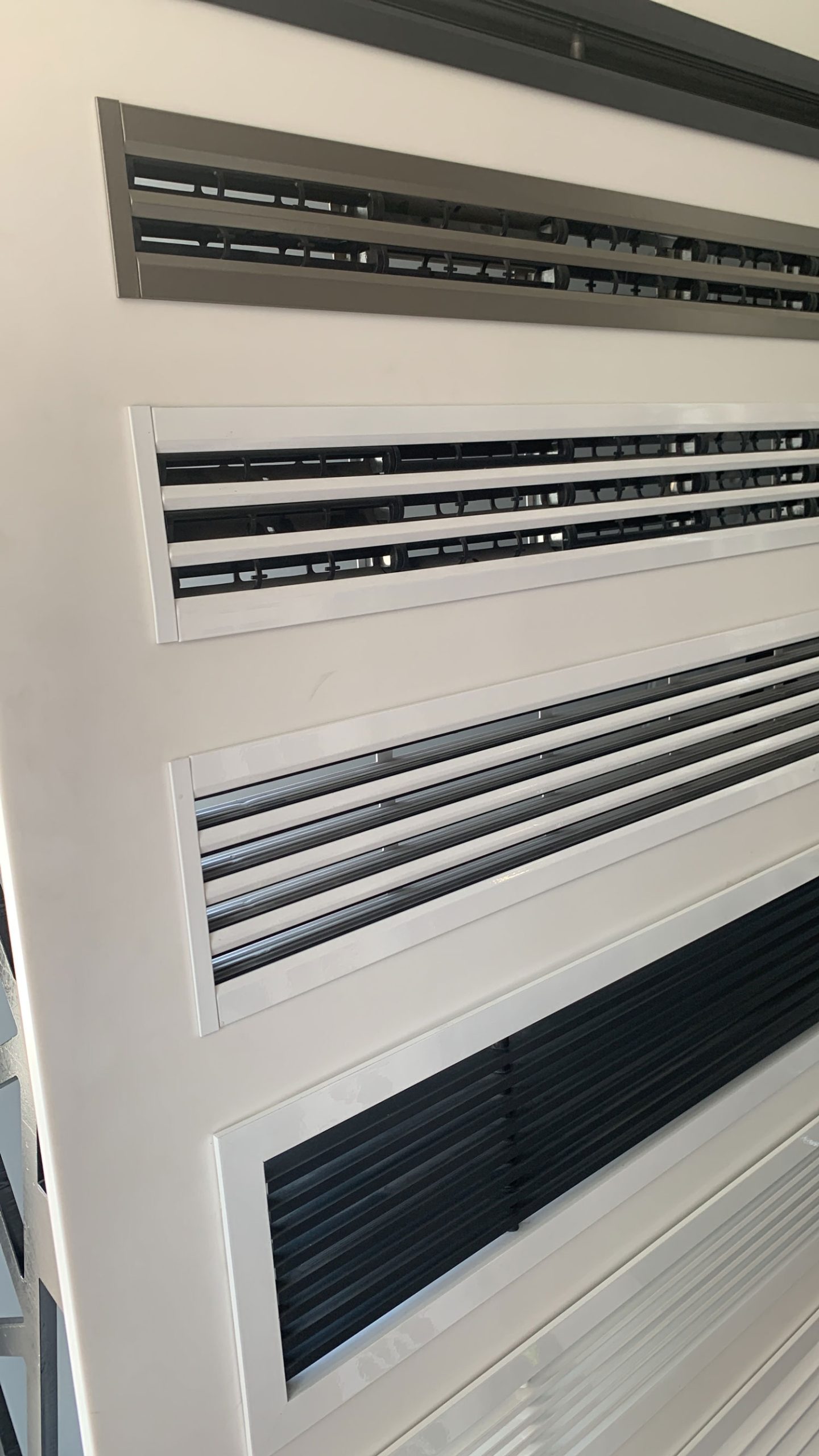
Maintaining every appliance or system in your house is a must, including your linear diffuser.
It distributes air and takes part in ventilating your room, so it needs to be cleaned to ensure you're inhaling clean air indoors. Linear diffuser needs careful and simple cleaning.
Gather Tools
- Non-corrosive cleaner
- Hot water
- Soft cloth
- Clean cloth
- A bucket
- Rubber gloves
Check out these disposable gloves on Amazon.
Thoroughly Clean
- Pour the cleaner and hot water into a bucket with a soft cloth.
- Wear rubber gloves and ensure the water is not too hot before cleaning.
- Get the soaked cloth and squeeze it.
- Wipe each blade of the diffuser carefully. Rinse the cloth after wiping the dirt off each blade.
- Wipe the blades with a soft dry cloth after removing all the dirt and debris.
Check out this cleaning cloth on Amazon.
Summing Up
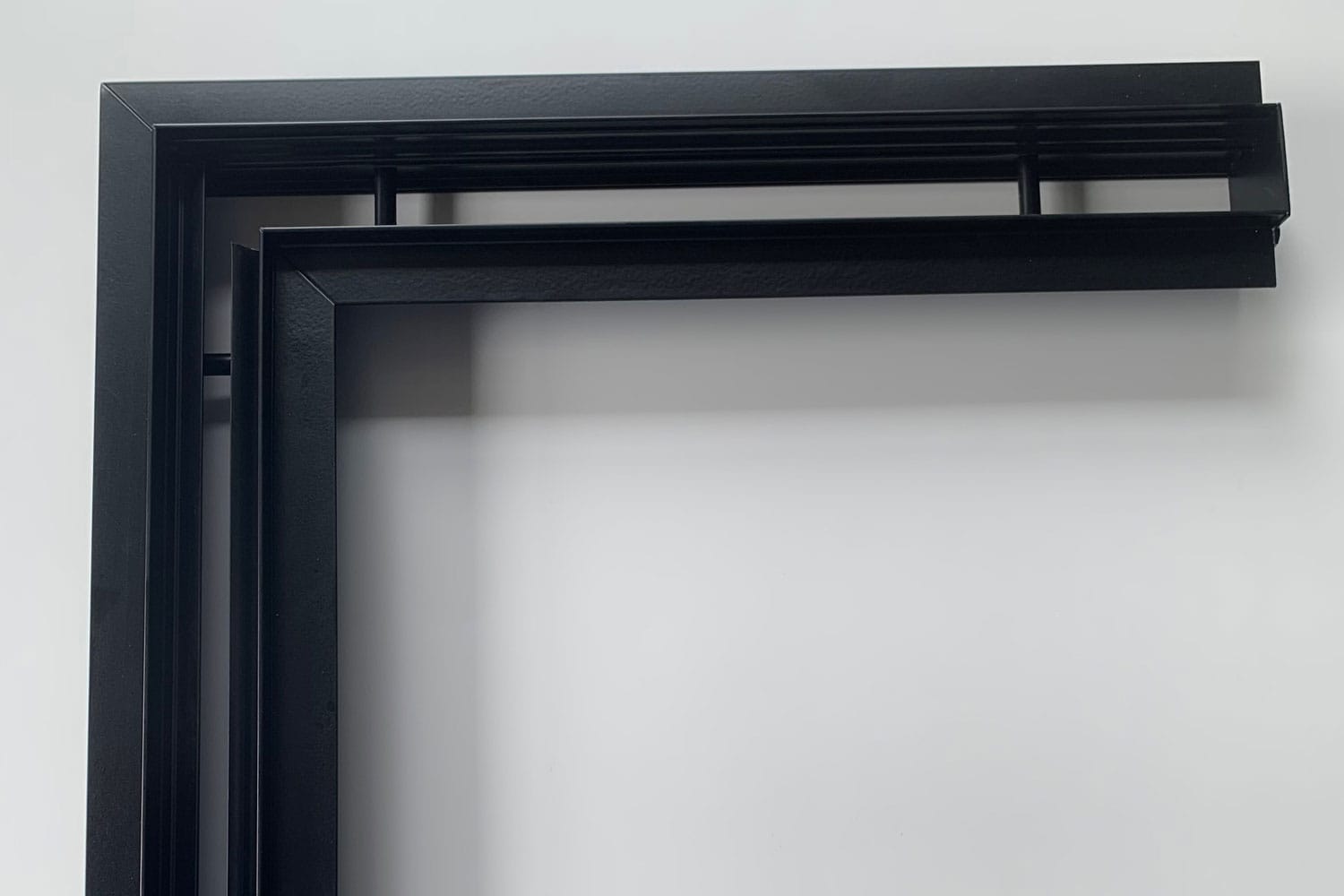
Some people call linear diffusers linear slot diffusers or slot diffusers. These terms are similar, and often refer the same kind of unit.
A linear diffuser distributes air to every place, while a slot diffuser distributes it throughout the area. It works with HVAC systems in air conditioning, heating, and ventilation.
Discover more about ventilating homes in these posts:



